Impressive engineering feats of the Inca
The Inca Empire, flourishing between the 15th and 16th centuries, was a beacon of innovative engineering. Nestled in the Andes, this civilization demonstrated a profound understanding of architecture, agriculture, and urban planning.
Their constructions, often set against the dramatic backdrop of mountains, continue to intrigue historians and tourists alike. The ingenuity of the Incas wasn’t just about building structures; it was about seamlessly integrating them with the natural landscape, showcasing a deep respect for their environment.
The Magnificent Machu Picchu: A Testament to Inca Ingenuity
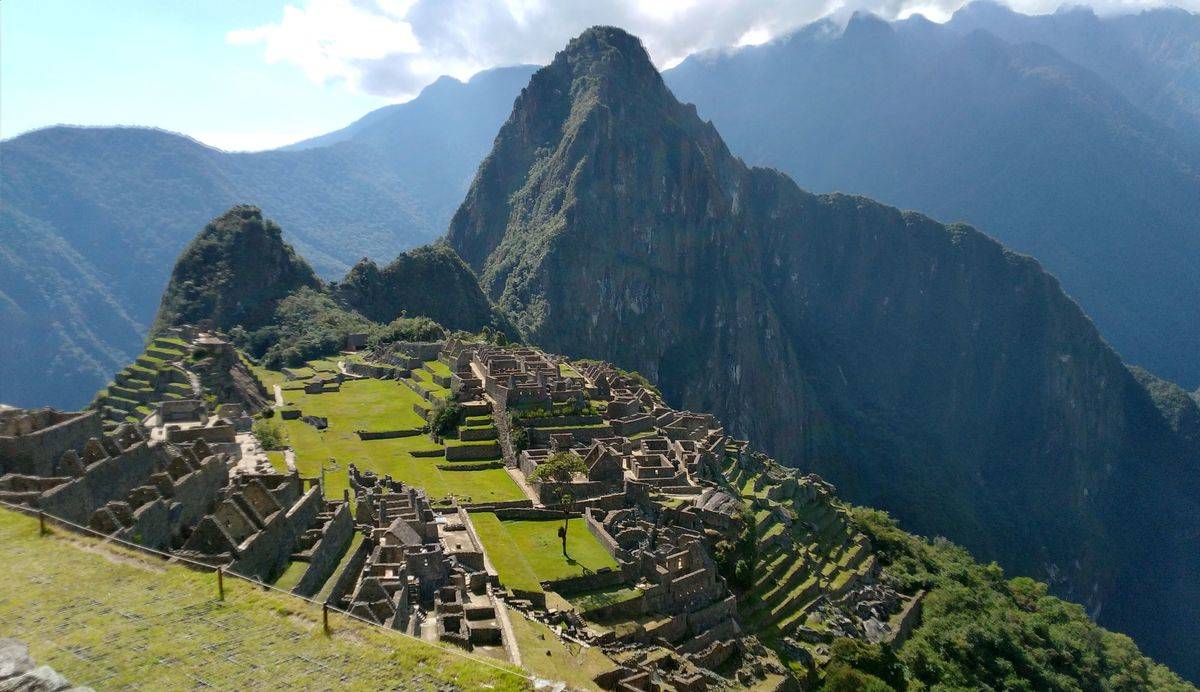
Machu Picchu stands as one of the most iconic symbols of Inca engineering. Built in the mid-1400s, this ancient city sits atop a mountain ridge, 2,430 meters (or 7,970 feet) above sea level. It was constructed using a technique called ashlar, where stones are cut to fit together without the need for mortar, though mortar can also be used.
This method not only showcases their skill but also provides remarkable earthquake resistance. Despite its remote location, Machu Picchu was equipped with a sophisticated water management system that supplied fresh water to its inhabitants.
The Mastery of Terrace Farming: Agriculture on Steep Slopes
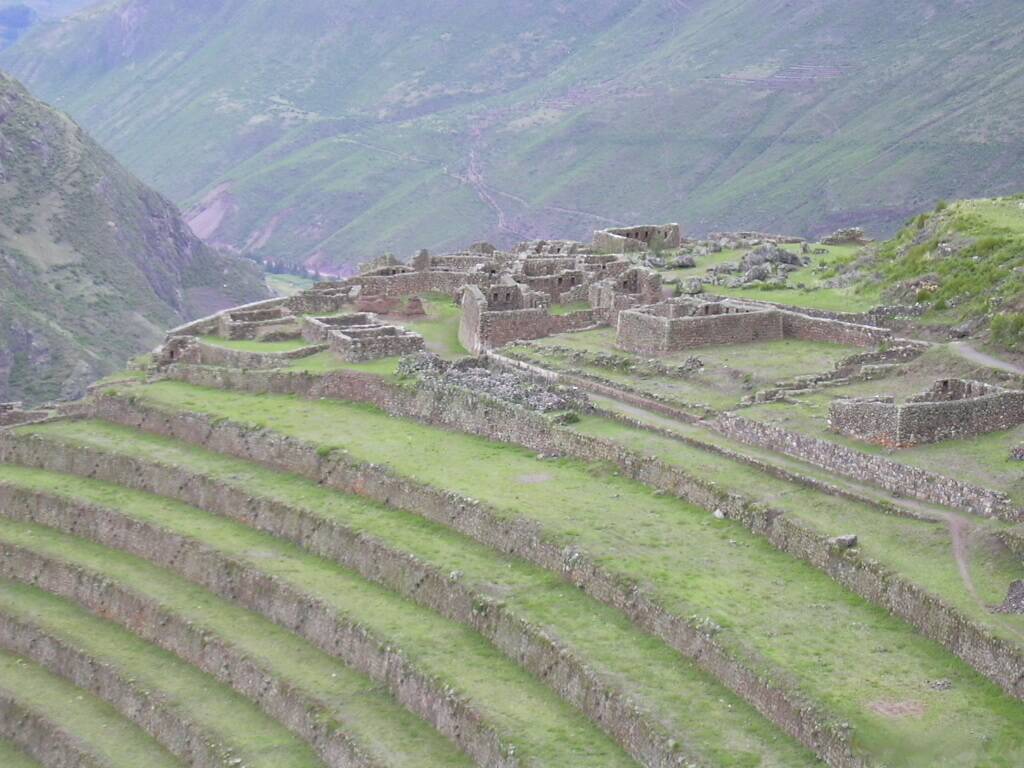
The Incas were masters of terrace farming, transforming steep mountain slopes into productive agricultural lands. These terraces, known as andenes, were built with stone walls to create flat areas suitable for farming.
This innovation allowed them to cultivate crops at different altitudes, which helped them grow a variety of produce, including potatoes and maize. The terraces also played a crucial role in water conservation, as they prevented soil erosion and facilitated efficient irrigation.
The Inca Road System: Highways of the Andes
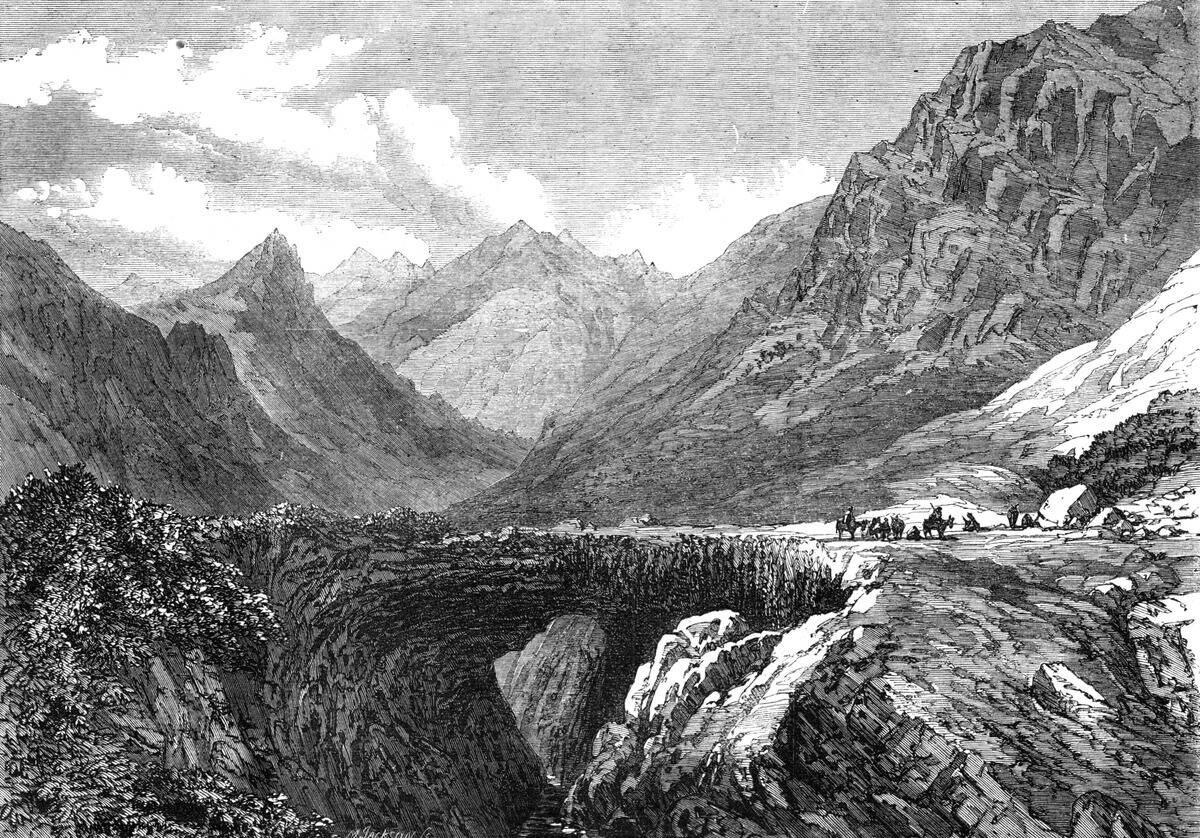
The Inca road system, known as Qhapaq Ñan, was an extensive network that spanned over 40,000 kilometers (25,000 miles), connecting distant corners of the vast empire. These roads traversed some of the most challenging terrains, including mountains, deserts, and jungles.
Built with durability in mind, the roads featured stone pavements and drainage channels. This network was crucial for communication, transportation, and trade, effectively linking the empire’s regions and facilitating administrative control.
Bridges of the Sky: The Inca Suspension Bridges
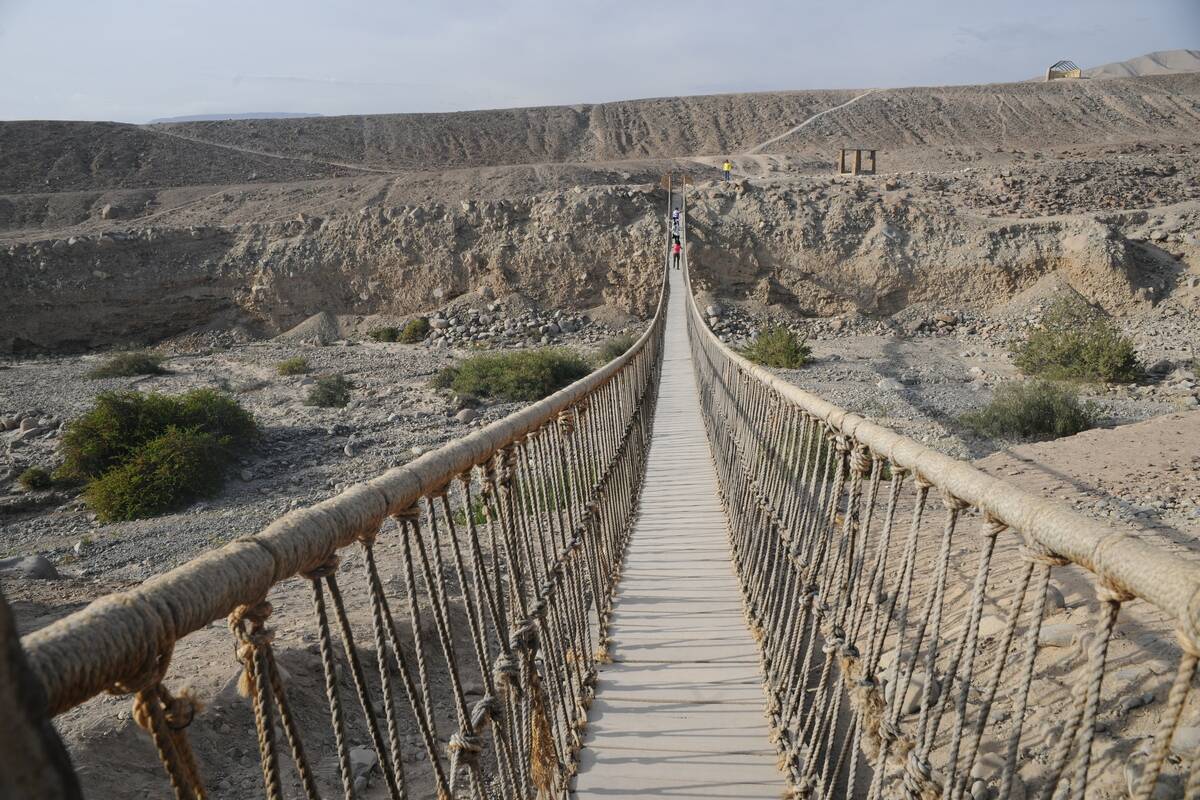
Suspension bridges were vital in the Inca’s mountainous terrain, connecting remote areas and facilitating trade across deep gorges and rivers. Made from natural fibers like ichu grass, these bridges could extend up to 45 meters (148 feet) long.
Despite their simple materials, they were incredibly strong and could support the weight of multiple people. Regular maintenance by local communities ensured their longevity, a testament to the collaborative spirit and engineering prowess of the Inca people.
The Stonework Wonders: Precision and Earthquake-Resistant Constructions
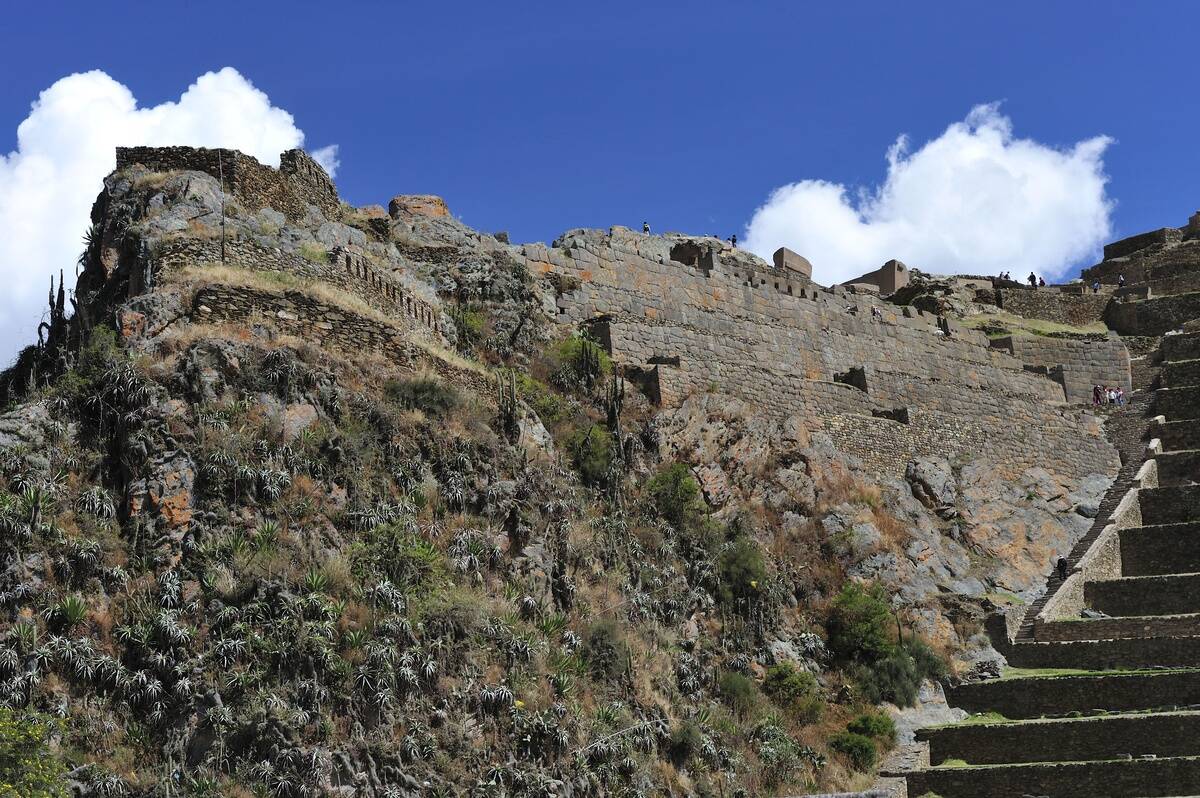
Inca stonework is renowned for its precision and durability. Their grandest structures were built without mortar, using a technique called dry stone masonry, which allowed the stones to move slightly during an earthquake and then settle back into place.
This method prevented buildings from collapsing under seismic stress. The meticulous craftsmanship involved in cutting and fitting the stones together is evident in sites like Ollantaytambo and Sacsayhuamán, where walls remain standing today, showcasing the Incas’ mastery over stone.
The Enigmatic Sacsayhuamán: Fortresses and Function
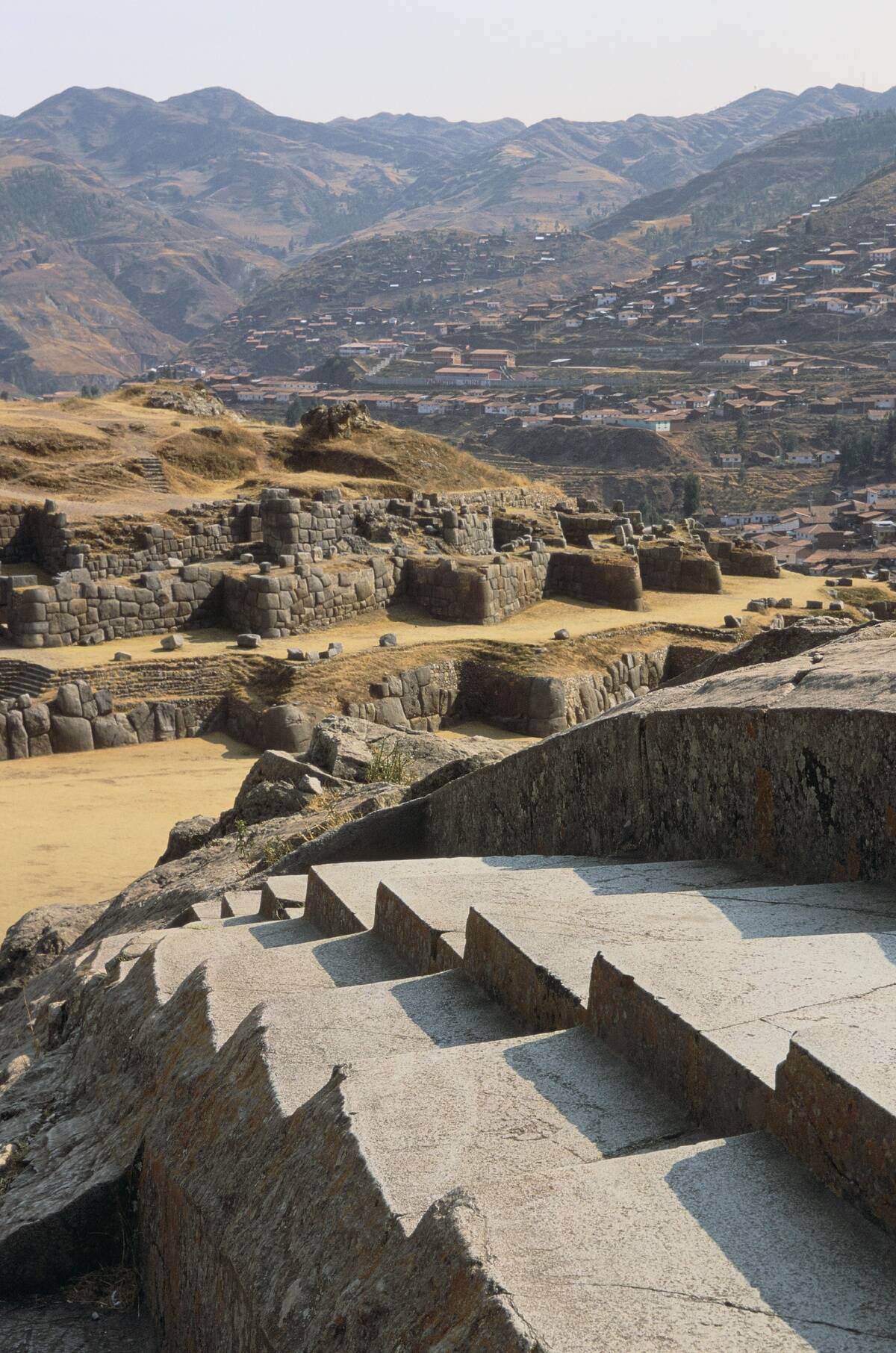
Sacsayhuamán, located on a hill overlooking Cusco, was a formidable Inca fortress. Its massive walls, constructed with limestone blocks weighing up to 200 tons each, fit together so precisely that not even a blade of grass can slip between them.
The purpose of Sacsayhuamán remains partly mysterious, but it is believed to have served both as a military stronghold and a ceremonial center. Its strategic location provided a commanding view over the Inca capital, Cusco, making it an essential part of the empire’s defense system.
The Ingenious Aqueducts and Water Management Systems
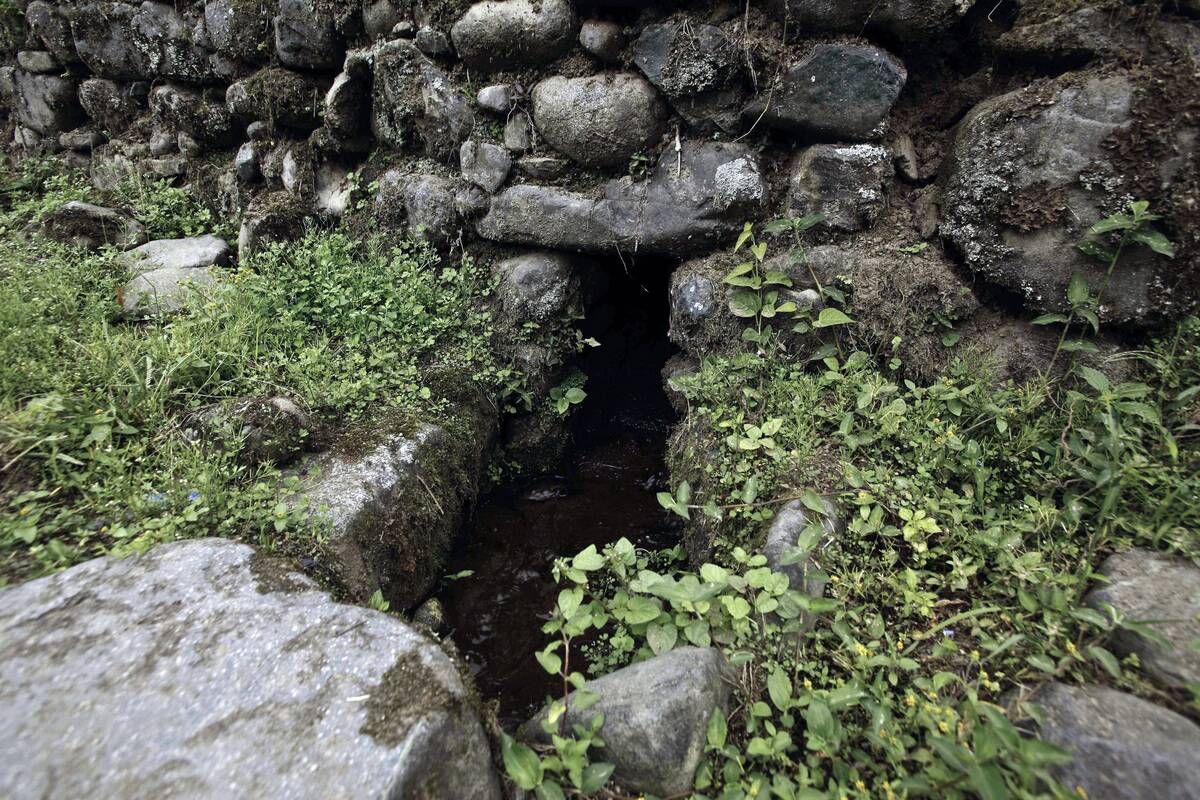
The Incas demonstrated remarkable skill in water management, constructing aqueducts and canals to supply water to their cities and agricultural terraces. These systems were carefully designed to maintain a consistent flow of water, even in the steep Andean terrain.
At Machu Picchu, for instance, a series of stone channels and fountains distributed water efficiently throughout the site. This advanced understanding of hydraulics ensured that communities had reliable access to water for drinking, irrigation, and ceremonial purposes.
The City of Cusco: Urban Planning at its Best
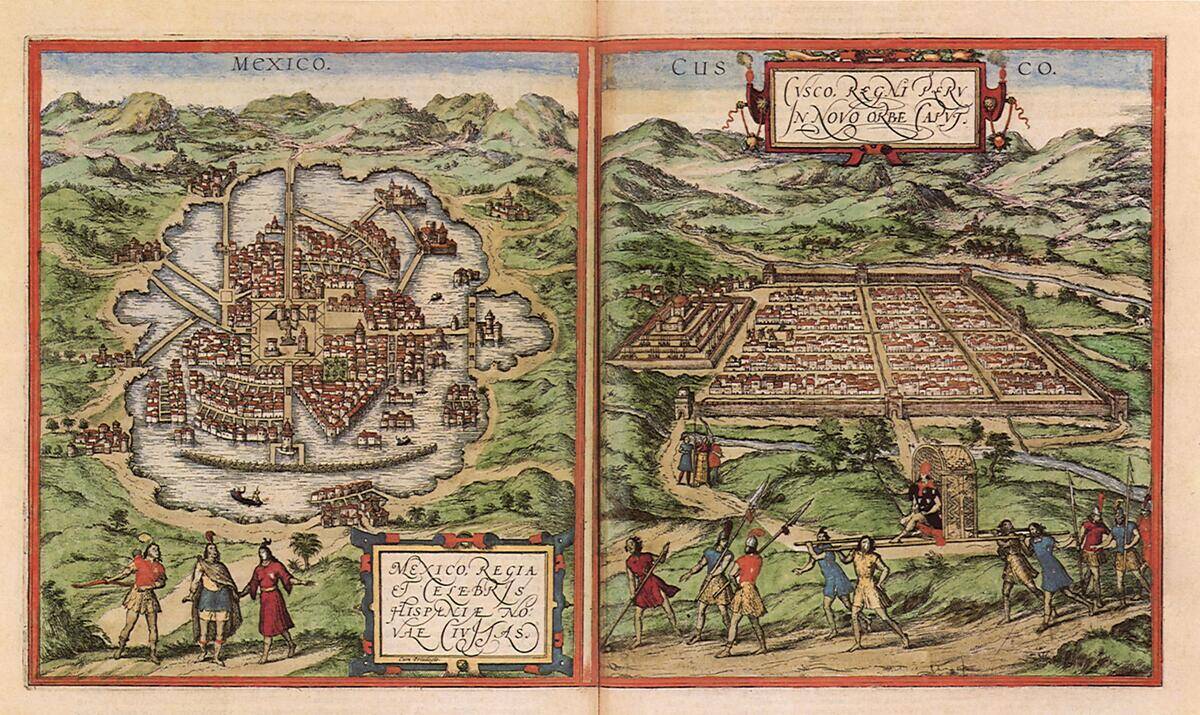
Cusco, the heart of the Inca Empire, was a marvel of urban planning. Its layout was designed in the shape of a puma, a sacred animal in Inca mythology. The city’s organization reflected a sophisticated understanding of spatial planning, with religious, administrative, and residential areas carefully zoned.
Streets were aligned with celestial events, demonstrating the Incas’ integration of astronomy into their urban design. Cusco’s infrastructure, including its plazas and temples, highlighted the Incas’ architectural brilliance and cultural significance.
The Quipu: The Inca’s Knotty Communication Network
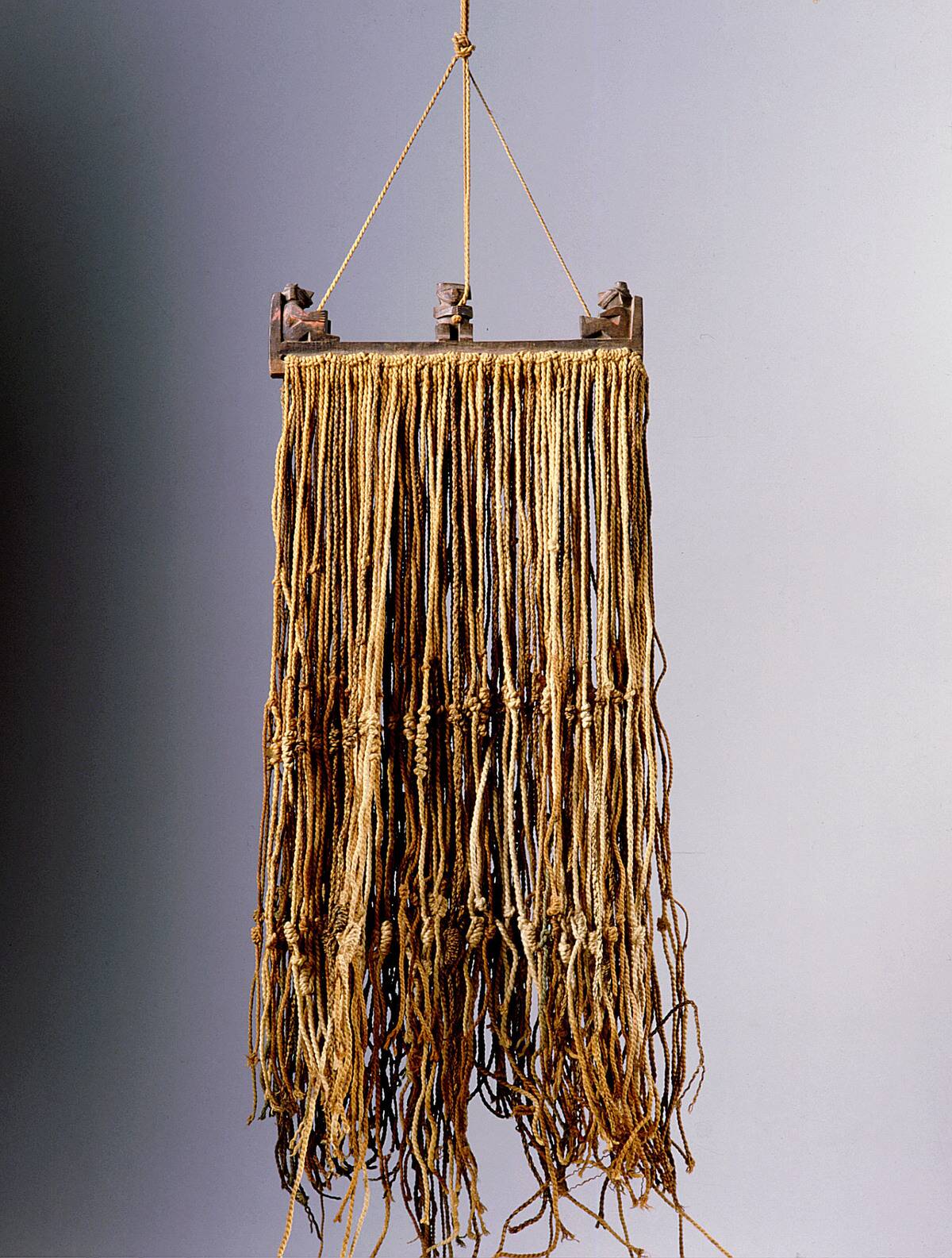
The quipu was a unique communication tool used by the Incas for record-keeping and data management. Made from strings with various knots, each quipu could convey complex information, such as census data, taxes, and calendar events.
The position and type of knots represented different numerical values and categories. This ingenious system allowed the Incas to maintain control over their vast empire, compensating for the lack of a written language. Quipus remain a subject of study, offering insights into Inca administration and culture.
The Sacred Valley: Engineering in Harmony with Nature
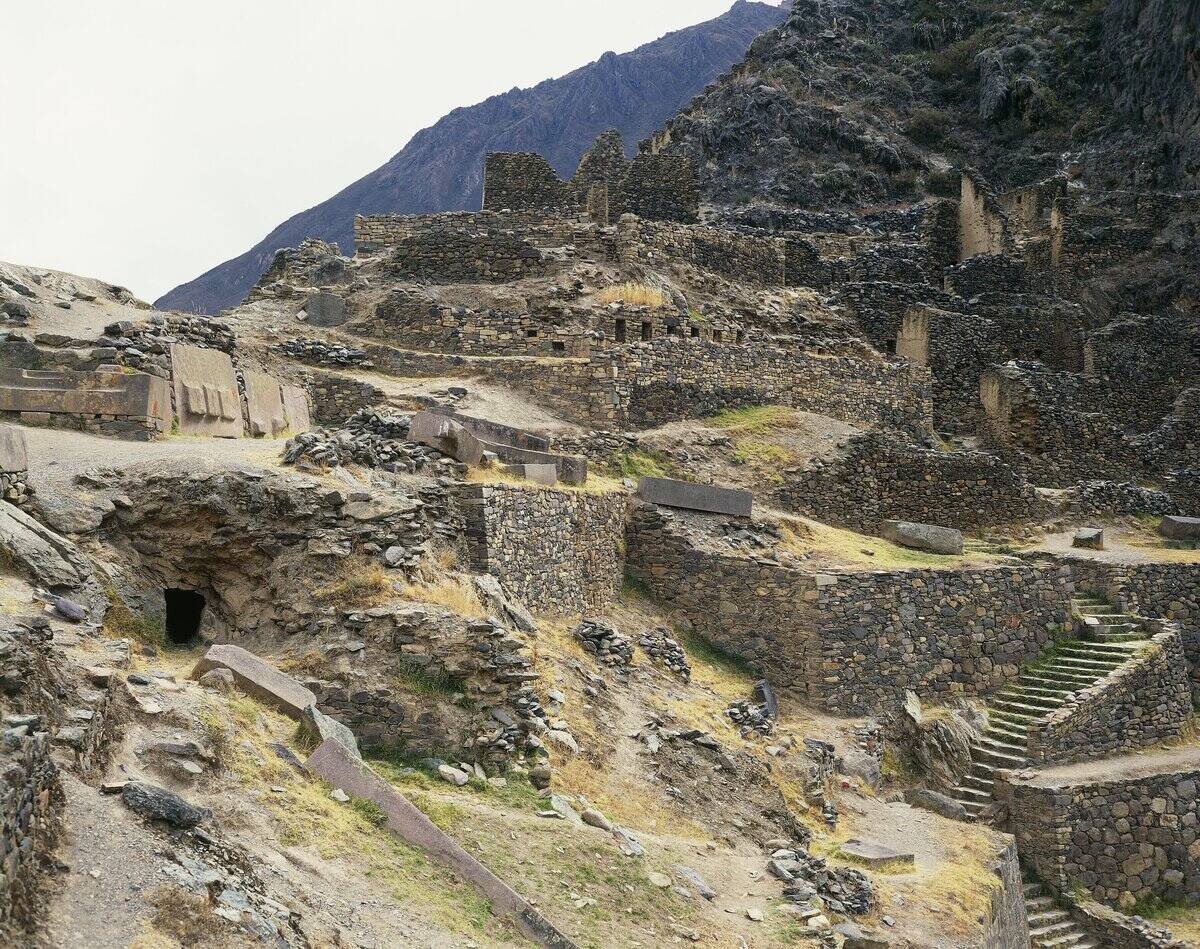
The Sacred Valley of the Incas is a testament to their ability to engineer landscapes in harmony with nature. This fertile region was transformed into an agricultural hub through the construction of terraces and canals.
The Incas’ understanding of microclimates allowed them to cultivate diverse crops at varying altitudes. The valley’s strategic importance lay in its role as a food source and a cultural center, reflecting the Incas’ deep connection to their environment and their sustainable approach to development.
The Mysterious Inca Walls: Seamless Stone Construction
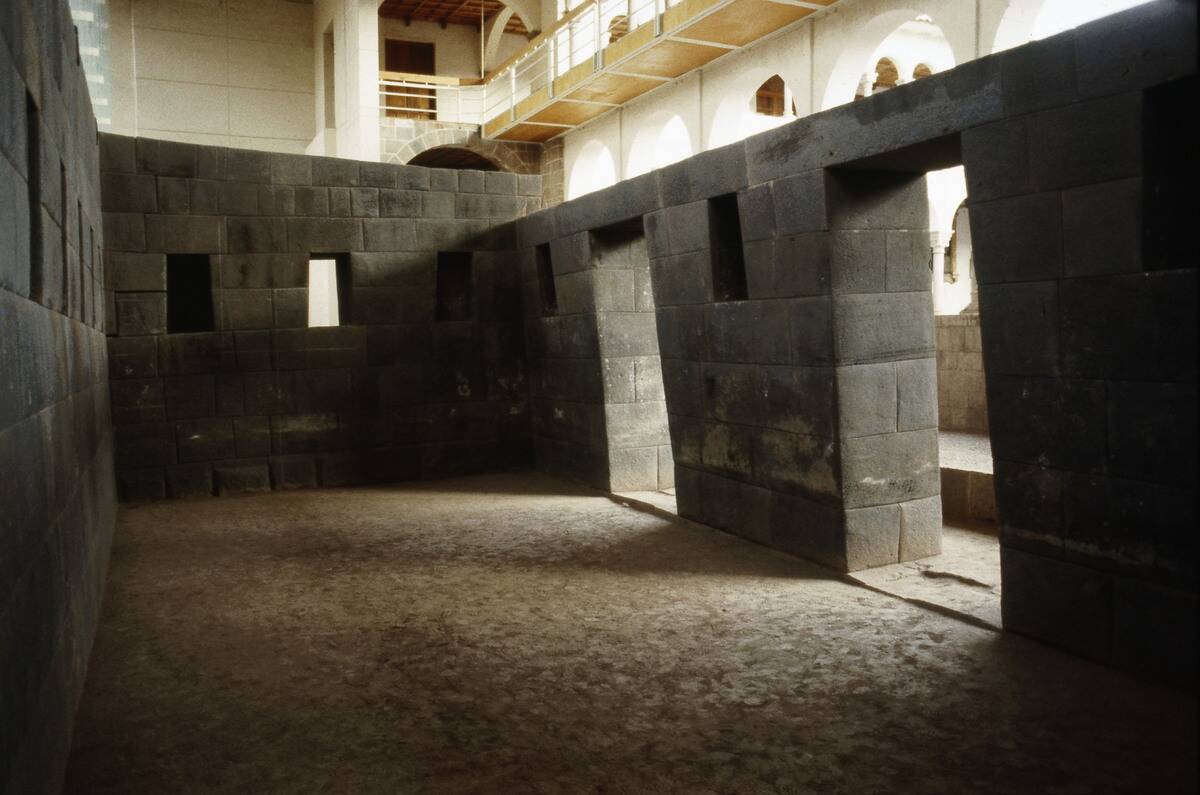
The Inca walls are renowned for their seamless stone construction, a technique that continues to baffle modern engineers. Each stone was meticulously shaped to fit perfectly with its neighbors, creating walls that have withstood centuries of natural wear and seismic activity.
The precision of these constructions is evident in sites like the Coricancha in Cusco, where the stones align with astronomical phenomena. This architectural prowess exemplifies the Incas’ mastery over materials and their deep understanding of their environment.



